We explain everything about the geography of Brazil, what its limits and extension are. In addition, its general characteristics, climate, relief and more.
What is the Geography of Brazil?
By geography we refer to the science that studies and describes the earth's surface and its possible accidents , precisely the set of physical and human characteristics that constitute the reality of a given territory.
Thus, the geography of Brazil will be precisely the description of the geographical characteristics that make up the vast territory of this country, the largest in the South American continent and considered one of the most important economies in the region.
Brazil is a Portuguese-speaking country , a former colony of the crown of Portugal, whose history as an independent nation began on September 7, 1822, when the Portuguese Prince Pedro I of Brazil chose to create a kingdom apart from the European one, weakened as it was for the Napoleonic Wars. Brazil had no participation in the Latin American independence wars.
Geographic limits of Brazil
Brazil is a South American nation located at the eastern end of the continent, with borders with all other neighboring countries except Chile and Ecuador . Its limits are: Argentina , Uruguay , Paraguay to the south; Venezuela , Suriname, Guyana, French Guiana, and Colombia to the north; Bolivia and Peru to the west; and the Atlantic Ocean to the east.
Extension and surface of Brazil
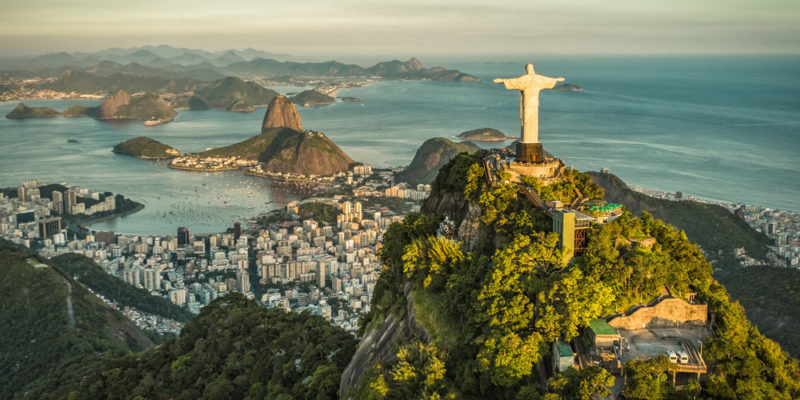
It is the largest country in all of Latin America and the fifth largest country in the entire world . It occupies almost half of the South American subcontinent, with a total area of 8,514,215 km2 and a coastline of more than 7,000 kilometers.
Topographic units of Brazil
The Brazilian territory is made up of three large topographical units: the Amazon River basin, which occupies almost a third of the country , the Brazilian massif, which occupies almost the remaining two thirds, and the Guiana Shield, to the north, of which only a part belongs to Brazil.
Political-territorial organization of Brazil
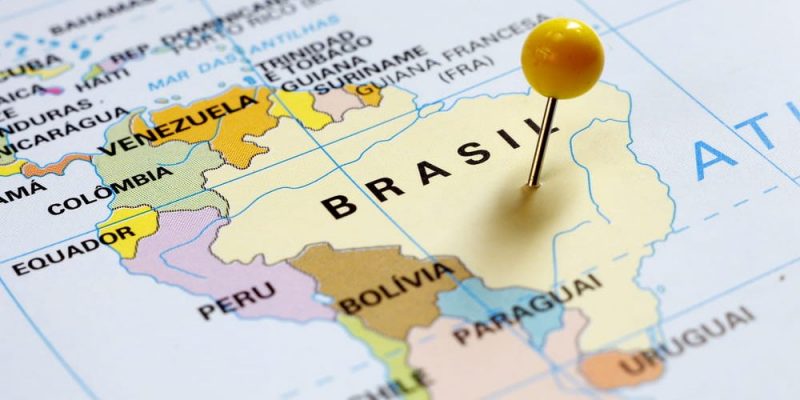
The country is made up of 26 states and the Federal District , where the political capital, Brasilia, is located. Its organization is federative, that is, each state has a unicameral legislative assembly that supervises the activities of the regional and national executive. The boundaries between one state and another have been historically determined, except for the Federal District, which operates both as a state and as a municipality.
Climate of Brazil
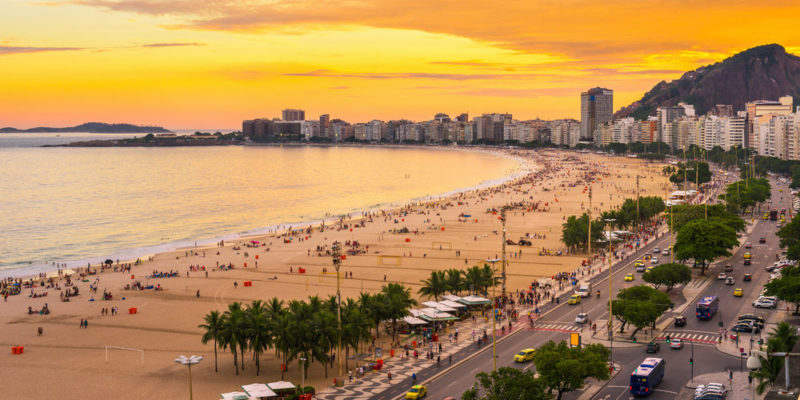
The Brazilian climate is almost entirely warm tropical (90%) , oscillating between higher temperatures in the northern equatorial region and presenting a temperate subtropical climate in its southern regions.
Temperatures in the equatorial region average above 25°C and reach 40°C in summer, while in the northern region they range between 15°C and 30°C throughout the year, with occasional frosts.
Precipitation margins are highly variable. Monsoon -type rains are frequent in the equatorial region , with moderate margins between 1,000 and 1,500 mm/year, but the Amazon region significantly exceeds these measurements, even reaching 3,000 mm/year in the western region. On the other hand, the northeastern area is semi-arid and has recurrent droughts in seven-year cycles.
Natural regions of Brazil
Brazil is made up of the following natural regions:
- North Region. It corresponds to the states of Amazonas, Acre, Pará, Rondônia, Roraima, Tocantins and Amapá, characterized by a warm equatorial climate and low thermal amplitude.
- Northeast region. Going from the equatorial to the semi-arid climate, but with humid tropical enclaves, it covers the states of Maranhão, Piauí, Bahia, Pernambuco, Ceará, Sergipe, Alagoas, Rio Grande do Norte and Paraíba.
- Central-west region. With a humid climate and frequent wetlands, it covers the states of Mato Grosso, Mato Grosso do Sul and Goiás, as well as the Federal District.
- Southeast region. The highest regions of the country are located here, with a tropical climate with four well-defined seasons. This includes the states of Minas Gerais, São Paolo, Rio de Janeiro and Espírito Santo.
- Southern region. With the lowest temperatures in the country and in the presence of the stately mountains of Santa Catarina, the states of Santa Catarina, Paraná and Rio Grande do Sul are found here.
Relief of Brazil
In general, the Brazilian territory is flat, without high elevations or mountain ranges , or mountain ranges. Its highest mountain is Pico da Neblina, with almost 2,994 meters above sea level, located in the homonymous park, near the border with Venezuela in the Amazon.
Brazilian vegetation
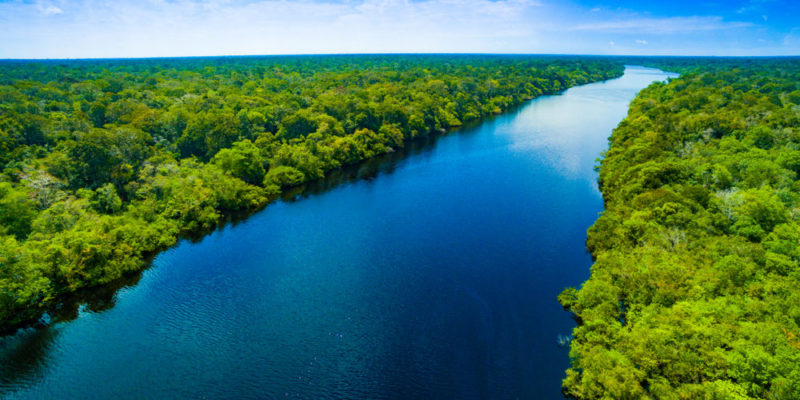
Brazil has a large part of one of the most important reservoirs of vegetation and fauna in the world , the Amazon Rainforest. It is estimated that there is a total number of species in that region much higher than the average of the other regions of the continent, with a predominance of leafy and evergreen trees.
Such forest wealth is concentrated in the Amazon and Mato Grosso regions , where it is currently under siege from indiscriminate logging, forest fires during drought , and illegal or large-scale mining .
It is one of the most important biomes in the world, a reservoir of life and the planet's gigantic lung of plants , which is why there are so many ecological initiatives to prevent its continuous destruction.
Brazil natural resources
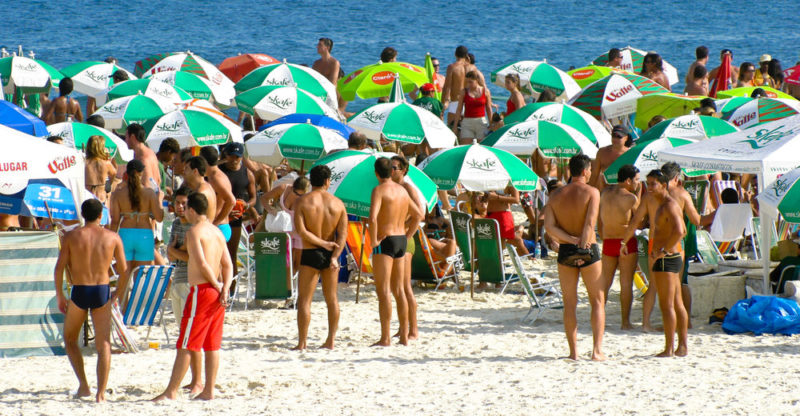
Mining is one of the main activities for the exploitation of Brazil's resources. Diamonds , gold , iron , magnesium , nickel, phosphorus, silver , uranium are found in abundance in its soils .
In addition, Brazil extracts from the subsoil 80% of the oil it consumes in various energy and industrial activities.
Another important economic source is the paper industry , which takes advantage of the large reserves of wood available; the fishing activity along its extensive coastal borders and tourism , which mobilizes more than 6 million visitors annually.
Population of Brazil
The total population of Brazil is about 211 million people (2017) , the highest number in the entire region. Of this, 49.2% is male and 50.8% is female, and presents a percentage growth rate that tends to fall (less than 1% in 2017). The most populated cities in the country are São Paolo, Rio de Janeiro and Salvador.
The above content published at Collaborative Research Group is for informational and educational purposes only and has been developed by referring reliable sources and recommendations from experts. We do not have any contact with official entities nor do we intend to replace the information that they emit.
MA student of the TransAtlantic Masters program at UNC-Chapel Hill. Political Science with a focus on European Studies. Expressed ideas are open to revision. He not only covers Technical articles but also has skills in the fields of SEO, graphics, web development and coding. .
Leave a reply
Your email address will not be published. Required fields are marked *Recent post

Sport: What Is It, Types, Risks, Features, Characteristics and Examples
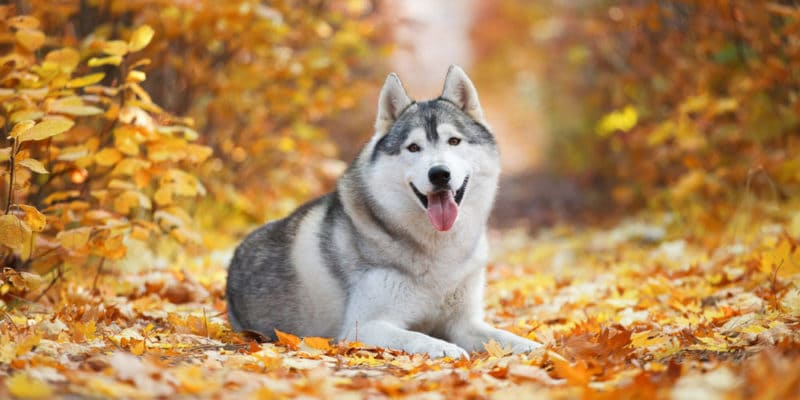
Dogs: Emergence, Features, Characteristics, Feeding and Breeds

Story: Definition, Elements, Structure, Features and Characteristics

